.jpg?width=493&height=288&name=GettyImages-1158207879(1).jpg) Fitness center amenities, such as a Sauna or Steam room are amongst the most popular for members of all ages. Members seek these amenities for potential benefits for physical and mental well-being. In this blog, you will learn some potential benefits of using these amenities.
Fitness center amenities, such as a Sauna or Steam room are amongst the most popular for members of all ages. Members seek these amenities for potential benefits for physical and mental well-being. In this blog, you will learn some potential benefits of using these amenities.Some advantages associated with using sauna and steam room amenities include:
1) Relaxation and Stress Reduction:
- Both the sauna and steam room induce a state of relaxation and promote your sense of well-being by enhancing endorphins, natural mood enhancers, within your body.
- What are endorphins? Endorphins are a natural hormone released by the hypothalamus and pituitary gland within the brain which aids in relaxation, improved sleep, and overall well-being. Endorphins are released during times of exercise, eating, laughing with loved ones, etc.
- Saunas and steam rooms are known to be “heat rooms” which could be uncomfortable for some, but the heat induced within these rooms promotes muscle relaxation thus resulting in improved blood circulation to bring important nutrients to your sore and/or injured muscles.
- On the topic of blood circulation, saunas and steam rooms have a heat component that causes our blood vessels to dilate (or expand) thus allowing a better flow throughout the entire bodily system. In addition, this improved circulation is extremely beneficial for the center of our cardiovascular system – the heart.
- These “heat rooms” are beneficial for detoxification because what happens when we sit in a hot room for an extended period? We sweat. Sweating is our natural method of discarding any waste or toxins within our body thus cleansing the body and allowing us to feel rejuvenated after a “heat room” session.
- Related to detoxification, saunas, and steam rooms aid in skin health due to dilating (or expanding) our pores and allowing the discarding of dirt or dead skin cells. This is also connected to improved circulation due to the skin having a more radiant and clear appearance due to efficient blood flow throughout the body.
- If you’ve ever felt tired or ready for bed a few hours after a sauna and/or steam room session, don’t worry because it’s normal! This is caused by induced endorphins (function explained in Relaxation and Stress Reduction benefit of this blog) within the body and the overall body temperature being elevated due to being in the “heat room” and then being dropped after exiting. The time how efficiently one’s body temperature drops may vary, so some may become tired faster than others.
Food for thought: It's important to note that while many people find saunas and steam rooms beneficial, individuals with certain medical conditions, pregnant women, and those with cardiovascular issues should consult with a healthcare professional before using these amenities! Additionally, staying hydrated is extremely crucial when using saunas and steam rooms to avoid dehydration in the process.
1. Enter and leave quickly and quietly, closing the door completely.
2. Wear gym clothes, a swimsuit, or a towel.
3. Use a towel to sit on and wipe off your perspiration.
4. Never pour liquid on the rocks.
5. Maintain the relaxation vibe…don’t bring your phone and do not exercise.
This blog was written by Deveon Martin BS, NIFS Health Fitness Specialist.


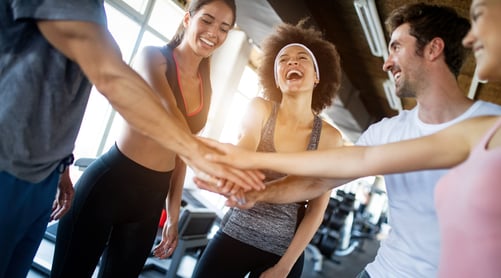
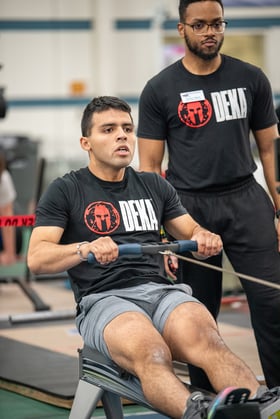
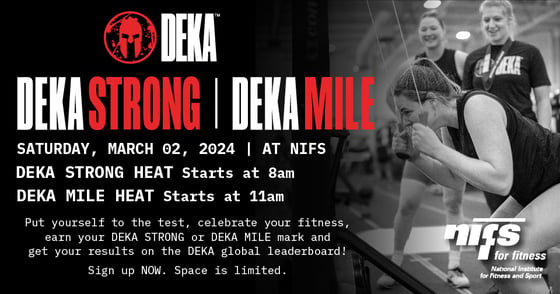
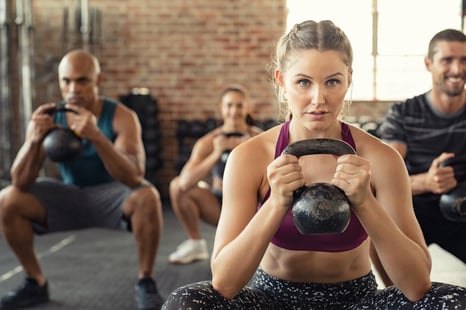 Functional training is an excellent approach for longevity and maintaining a healthy lifestyle and functioning body because it emphasizes movements that mimic activities of daily living, enhance flexibility, and improve overall mobility. In this blog, you will learn about the different functional exercises that can contribute to your longevity, along with their benefits and daily function.
Functional training is an excellent approach for longevity and maintaining a healthy lifestyle and functioning body because it emphasizes movements that mimic activities of daily living, enhance flexibility, and improve overall mobility. In this blog, you will learn about the different functional exercises that can contribute to your longevity, along with their benefits and daily function. 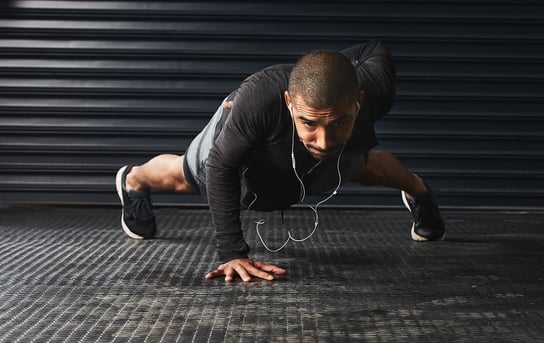 If you’re like me and absolutely love listening to music and discovering new artists, genres, etc., then I could bet that you most likely listen to music while you exercise. Combining music and workouts has become a common practice among fitness enthusiasts because it can provide a boost of motivation and energy for when you’re testing your one-rep max or just taking a brisk walk outdoors. However, in this blog I will discuss the potential drawbacks of listening to music during a workout/training session and, hopefully, it will make you think about how music (or no music) plays a role in your training.
If you’re like me and absolutely love listening to music and discovering new artists, genres, etc., then I could bet that you most likely listen to music while you exercise. Combining music and workouts has become a common practice among fitness enthusiasts because it can provide a boost of motivation and energy for when you’re testing your one-rep max or just taking a brisk walk outdoors. However, in this blog I will discuss the potential drawbacks of listening to music during a workout/training session and, hopefully, it will make you think about how music (or no music) plays a role in your training..jpg?width=537&height=358&name=GettyImages-1187356524(1).jpg) In an athlete’s world, every fraction of a second and inch of athletic performance are significant for them to play at their best on and off the field. However, being an athlete means consistently searching for innovative ways to elevate your game. This is where fascia training enters the conversation as one of the many ways of improving one’s athletic performance. Fascia training is an emerging topic that holds the promise of unlocking your untapped potential and improving your performance.
In an athlete’s world, every fraction of a second and inch of athletic performance are significant for them to play at their best on and off the field. However, being an athlete means consistently searching for innovative ways to elevate your game. This is where fascia training enters the conversation as one of the many ways of improving one’s athletic performance. Fascia training is an emerging topic that holds the promise of unlocking your untapped potential and improving your performance.